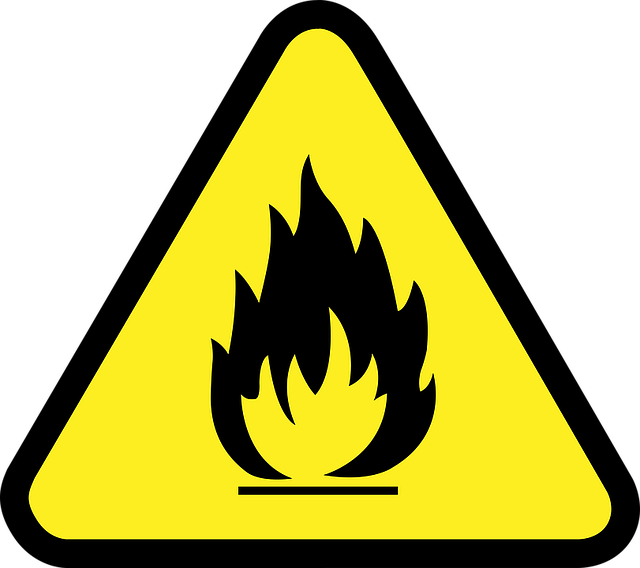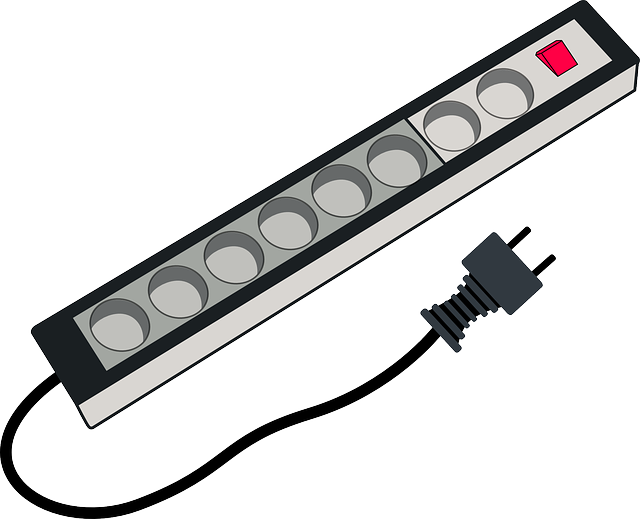Every year, around 50,000 cases of electrical fires are recorded, which claim about 500 lives and cause $1.3 billion in property damage. Electrical issues are the third most common source of domestic fires, which are enough cause for alarm and due action.
Protecting your electrical distribution systems requires systematic planning. While you can do most of it yourself, consider consulting a professional when performing these precautionary measures to prevent electrical fires at home.
This is a contributed post and do not necessarily reflect the opinions of Meet The Harris Family.
Protect your electrical wiring
Cable trunking helps protect relays and cables from aging, deterioration, rodent attack, or coming in contact with heat-insulating appliances. Look for conduit and steel tube suppliers when purchasing durable tubes in a variety of diameters, sizes, and brands. But before you install conduits, make sure wiring is in top shape – no fraying, no bending, and no nicked cable jackets.

Upgrade your circuit breaker
The importance of the circuit breaker is in the name. It breaks the current flow, also called tripping, once the circuit is overloaded.
Modern circuit breaker upgrades either have AFCIs or arc-fault circuit interrupters that protect the panel’s wiring, or GCFIs or ground-fault circuit interrupters that prevent the current from traveling through the ground. However, the best solution is to have both functions in one DFCI or dual-function circuit interrupter.
Replace frayed or faulty cords
Different appliances vary in the type of cords they use. Almost all of them are made of molded plastic cords, and they can be ribbed, rounded, or braided. Nonetheless, all are prone to deterioration. You should always replace a faulty electrical cord, not repair it -unless you know how to solder wires into the right terminals.
Don’t overload your outlets
Many homeowners don’t memorize their appliance’s wattage or circuit breaker’s capacity, and that’s alright. On a general note, just avoid overloading your electrical outlets, and you’ll be safe and sound. This means not plugging in heavy-load appliances in one outlet or using electrical devices simultaneously from one outlet.

Use extension cords sparingly
Another way to prevent overloading is to avoid using extension cords, multi-tap outlets, power strips, or any electrical device that seeks to add more ports atop an original electrical outlet.
However, you might need the extra ports to charge your phones or use a lamp. Just exercise caution by using them sparingly and carefully. Don’t use indoor extension cords outdoors and pull out plugs when not in use.
Don’t pull out the third prong
Many homeowners can’t resist the temptation of removing the third prong or the ground pin just because the plug won’t fit the outlet. Little do they know that the ground pin is the plug’s safety feature, preventing large amounts of current from overloading. Without a ground pin, you risk getting electrocuted or exposing a live wire when a wire becomes loose.
Learn how to spot the signs
Electrical fires are sneaky, but the signs aren’t. If any of the outlet, the cord, or the plug feels abnormally hot, or an appliance starts to smell like it’s burning, then you’re at risk of starting an electrical fire. Bulbs that dim or flicker aren’t normal, as well as outlets that buzz, crackle, or hiss when you use them.
Sometimes, you tend to overlook these things. Thus, the next best solution to getting more peace of mind is to schedule a monthly inspection by a trusted electrician.




It was perfect the first time. I learn so much from you as well! Keep it up great post.
Good to know that works too! It was perfect the first time. I learn so much from you as well! Wow great post.